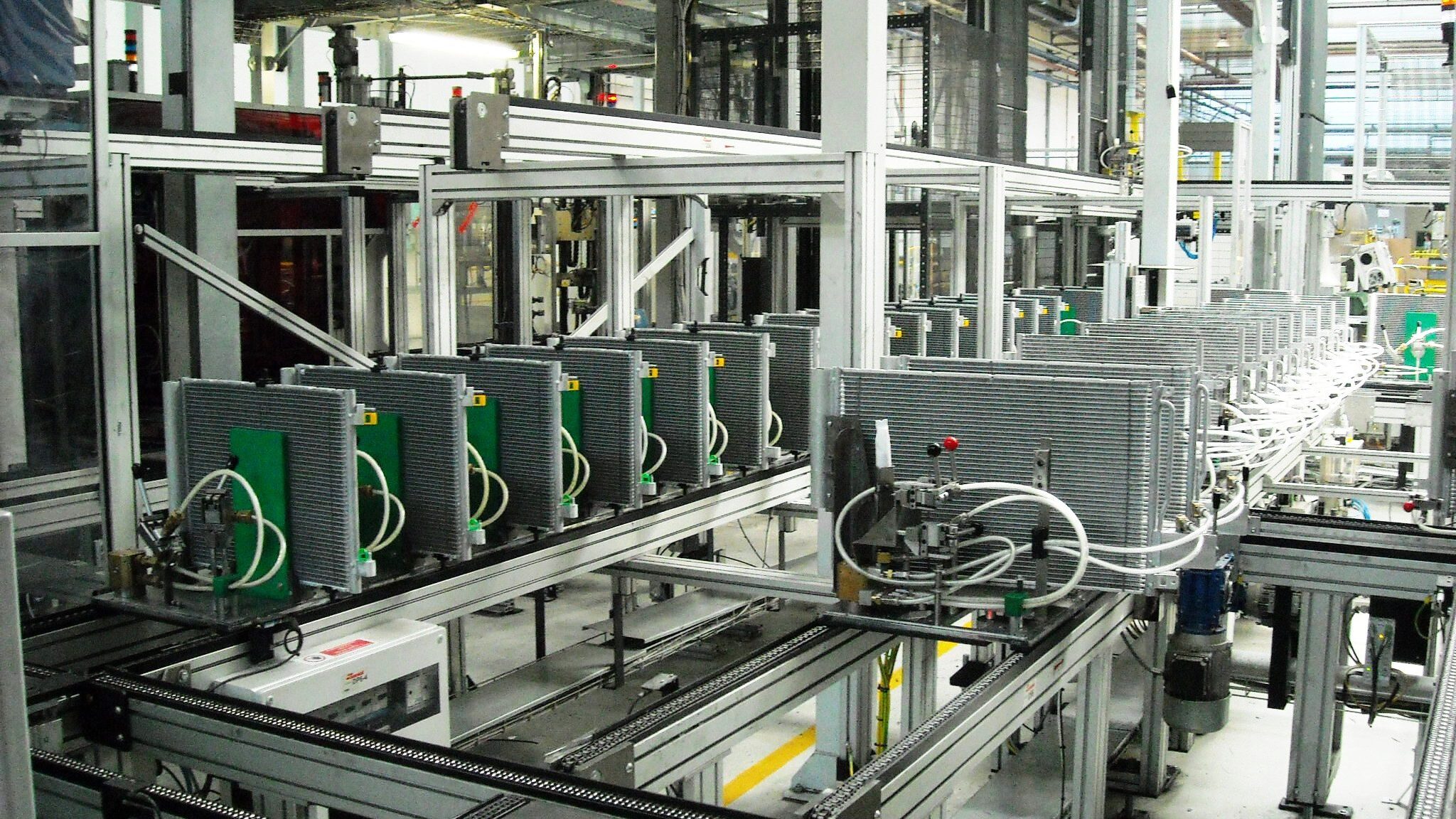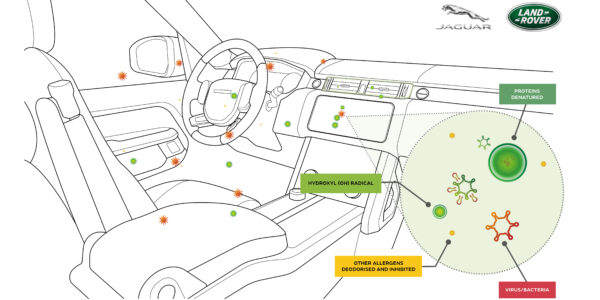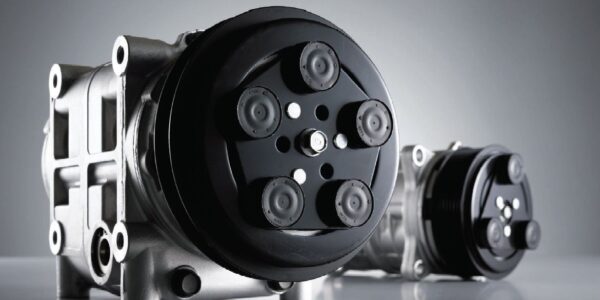Strong automotive HVAC sector growth forecast
- PostedPublished 21 February 2016
The global automotive HVAC market is expected to be worth $US22.12 billion ($A32.23b) by 2022 – up from $US11.68 billion ($A17.02b) in 2014 – with the Asia-Pacific region providing the backbone for future growth, according to a new study by Californian-based Grand View Research.

Ongoing vehicle sales growth in all-important developing markets such as China and India – a result of a rising middle-class population, increasing disposable income and broader availability of finance – is expected to directly benefit the HVAC industry, while the increasing adoption of premium car brands in the region and other emerging nations such as Brazil should also have a positive flow-on effect.
Improving road infrastructure, increasing urbanisation and growth in personal mobility needs are cited as key factors behind escalating vehicle sales in developing markets, with the study forecasting a compound annual growth rate (CAGR) for the global passenger car HVAC market of around eight per cent over the next seven years.
This is significant considering the passenger car HVAC sector accounted for more than 60 per cent of overall industry revenue in 2014, while the global growth rate for light commercial vehicles (LCVs) is expected to be similar at 7.5 per cent, particularly on the back of better financial schemes and rural demand in key markets.
Asia-Pacific is considered the number-one region, accounting for more than 40 per cent overall revenue share in 2014 – and all but certain to experience significant growth as vehicle sales continue to climb and government initiatives, such as India’s 100 per cent foreign direct investment (FDI) scheme, are introduced and/or maintained.
The study also forecasts strong growth in the North American HVAC market on the back of improving economic conditions and resurgent vehicle production, with a CAGR growth rate of around 7.5 per cent from 2015 to 2022.

According to the report, virtually all major initiatives by the global automotive industry, combined with broader social trends, are expected to boost HVAC market growth.
As well as the rise in private vehicle ownership, the study points to strong growth in the car rental industry – particularly private car rental players such as Uber, Ola, Lyft and Sidecar making air conditioning a basic requirement – and motorist behavioural changes such as more time spent in vehicles on average.
Ongoing research and development among the major global suppliers is considered critical in increasing the uptake of air conditioning-equipped cars and stimulating demand for increasingly sophisticated systems.
With increasing government regulation in the area of vehicle emissions, the requirement for reduced HVAC system size and weight, in parallel with improved performance, is expected to spur industry growth between today and early next decade.
The study predicts that manual air conditioning systems, which are said to have accounted for more than 35 per cent of the overall revenue share across the industry in 2014, will decline in the coming years as automatic systems continue to dominate.
According to the report, automatic HVAC systems accounted for around 58 per cent of the total global market in 2014 and is expected to experience a CAGR of more than 8.5 per cent from 2015 to 2022.
Similar conclusions are reached in another recent study into the global automotive HVAC market published by the Dublin-based ‘Research and Markets’, with the dominant Asia-Pacific region estimated to growth at a CAGR of 6.86 per cent over the next five years, increasing in value from $US9.24 billion in 2015 ($A13.46b) to $US12.88 billion ($A18.77b) by 2020.
By comparison, the global growth rate is forecast at 6.69 per cent over the period, with North America at 5.15 per cent.
The report also projects that the European automotive air conditioning systems market, valued at $US3.52 billion ($A5.13b) in 2015, will be worth $US4.74 billion ($A6.91b) by 2020.
Revenue growth in mature markets is expected to come via increasingly sophisticated systems adopted by car-makers and buyer preference for climate control air conditioning.
According to the report, the multi-zone technology market in the European region is estimated to grow from $US2.1 billion ($A3.06b) last year to $US3 billion ($A4.37b) in 2020, marking a 7.29 per cent CAGR.
This compares to a global growth forecast of 6.12 per cent CAGR for automatic air conditioning systems.
Drilling down into detail of major components, the study predicts that the market for evaporators will experience 6.84 per cent CAGR from 2015 to 2020, compared with driers/receivers at 6.80 per cent and condensers at 6.76 per cent.
- CategoriesIn SightGlass
- TagsHVAC, SightGlass News Issue 5




